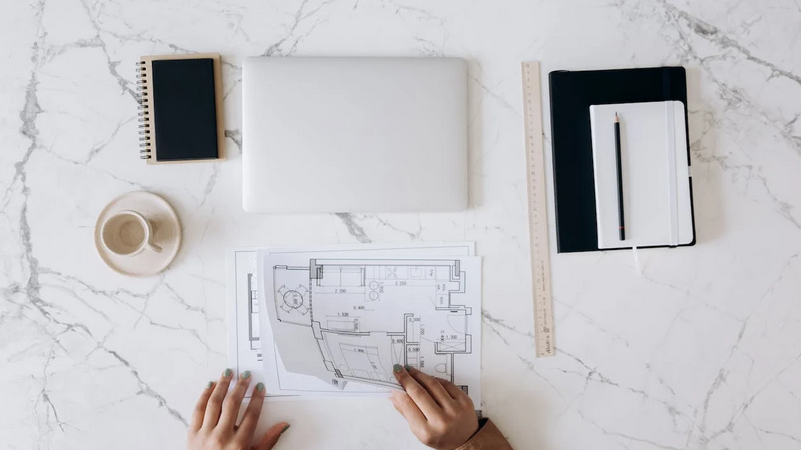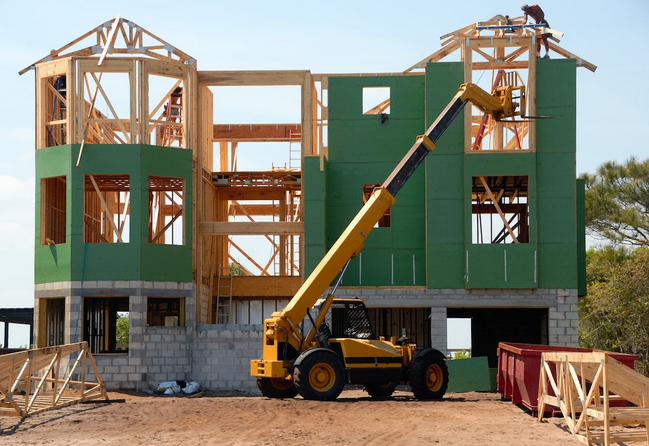When it comes to constructing durable and sustainable buildings, solid construction methods have proven to outperform traditional methods over time. Solid construction techniques, such as reinforced concrete and steel frames, provide unparalleled strength, stability, and longevity. In this article, we will discuss the top factors that highlight how solid construction methods stand the test of time, offering numerous benefits for building the future. For more in-depth information on various aspects of home construction, design, and real estate, you can visit Hausmagazin.com
Structural Integrity and Durability

Solid construction techniques, such as reinforced concrete and steel frames, offer exceptional structural integrity and durability. These methods provide superior resistance to external forces such as earthquakes, high winds, and fires. By using reinforced concrete, which strengthens the structure against tension and compression, buildings constructed with solid methods can withstand the test of time. The durability of solid construction minimizes the need for extensive repairs or reconstruction, resulting in long-term cost savings and reduced environmental impact.
Energy Efficiency and Insulation
Solid construction methods excel in providing excellent energy efficiency and insulation. Materials like concrete and steel have high thermal mass properties, meaning they can absorb, store, and release heat slowly. This results in better temperature regulation and reduced reliance on heating or cooling systems, leading to energy savings and lower environmental impact. Additionally, solid construction materials provide excellent sound insulation, enhancing the overall comfort and livability of the building.
Flexibility and Design Possibilities

Although solid construction methods are often associated with large-scale projects, they offer flexibility and design possibilities that meet diverse architectural needs. Reinforced concrete and steel frames allow for open floor plans, larger spans, and increased vertical height without compromising structural integrity. This flexibility in design allows architects to create innovative and sustainable buildings while maintaining stability and safety. Moreover, solid construction methods integrate well with other sustainable features such as green roofs, solar panels, and rainwater harvesting systems, further enhancing the overall ecological footprint of the building.
Low Maintenance and Longevity
Buildings constructed using solid construction techniques often require minimal maintenance throughout their lifespans. Concrete and steel are highly resistant to pests, decay, and deterioration caused by weather exposure. Unlike traditional construction methods that may require periodic repairs and replacements, solid construction offers long-term durability, reducing the need for ongoing maintenance costs.
Solid construction methods, known for their strength, durability, energy efficiency, and design flexibility, outperform traditional methods in the long run. By prioritizing solid construction methods, we can build for the future, creating resilient, sustainable, and long-lasting structures.


